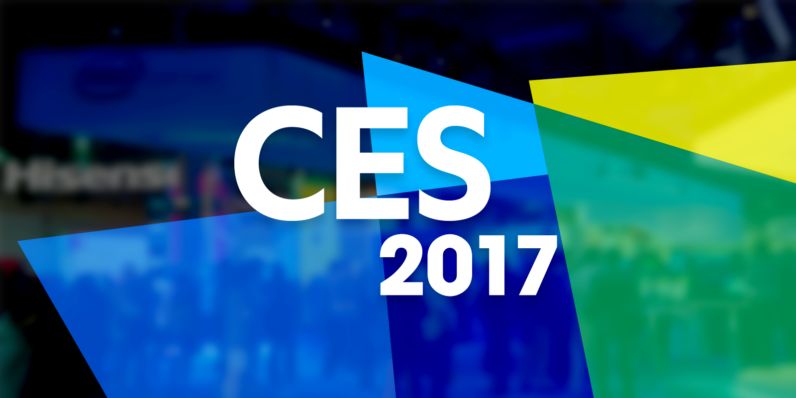What We Saw At CES
Yesterday, we rounded up some of the biggest announcement in augmented reality on the hardware front at CES. Today, three in-market example emerged that once again demonstrate the versatility and great potential AR technology holds for various industries. Let’s look at them one by one.
First, BMW debuted an app called BMW i Visualiser that uses AR to create virtual showrooms at local dealerships, allowing prospective car-buyers to check out some of its latest electric and hybrid cars in 360-degree views even when the dealership don’t have those models in stock. Users will also be able to personalize the virtual models to see what they would look like with a different set of tires or in a different color. Built upon Google’s AR platform Tango, the BMW app will be available in select BMW dealerships across the U.S., Europe, China, and Japan, and it will be available to download directly from Google Play later in the year to transport the showroom to wherever the customers may be.
Second, Gap unveiled an AR app named Dressing Room at Asus’ CES press event yesterday in conjunction with the gadget maker’s new AR-ready smartphone. The app, which is also developed with Google’s Tango platform, lets shoppers select a virtual mannequin close to their own body type and try on different sizes of Gap items for comparison. Shopper will be able to discover some details such as how a fabric may drape on the body or the differences in fit between sizes.
Last but not the least, New York Times is jumping into the world of AR with a branded app it developed to promote an upcoming movie from 20th Century Fox. The publisher’s branded content team worked with IBM to create a Pokemon Go-style mobile game to promote Hidden Figures, a movie that tells the real-life story of three female African-American mathematicians who contributed to NASA’s 1950s space race. Except instead of catching animated monsters in the real world, players will be directed to science-focused destinations in 10 U.S. cities, such as the NASA Langley Research Center and Kennedy Space Center as well as some major universities, to unlock special in-app content, including 3D renderings, written histories, and audio and video about historical leaders in the fields of science and math.
What This Means For Brands
As we noted in our Fast Forward analysis on Pokémon Go when the AR-enabled game first blew up this past summer, augmented reality has some potential use cases that could greatly enhances the user experience in retail, home improvement, fashion, and beauty, while the game did a good job introducing AR tech to the average consumers. Thus, it is encouraging to see at CES more examples of brands leveraging the reality-bending magic of augmented reality to better serve their customers. As AR technology continues to evolve and mature, we expect to see more in-market examples like the three listed above.
If you’d like to get some help to figure out how augmented reality can enhance your customer experience and drive new opportunities for your brand, or simply to try out the HoloLens demo we have to experience the transformative power of AR, please contact our Client Services Director Samantha Holland ([email protected]) to schedule a visit to the Lab.

